The New Space ecosystem in Spain and Portugal meets in Madrid with the Álava Group
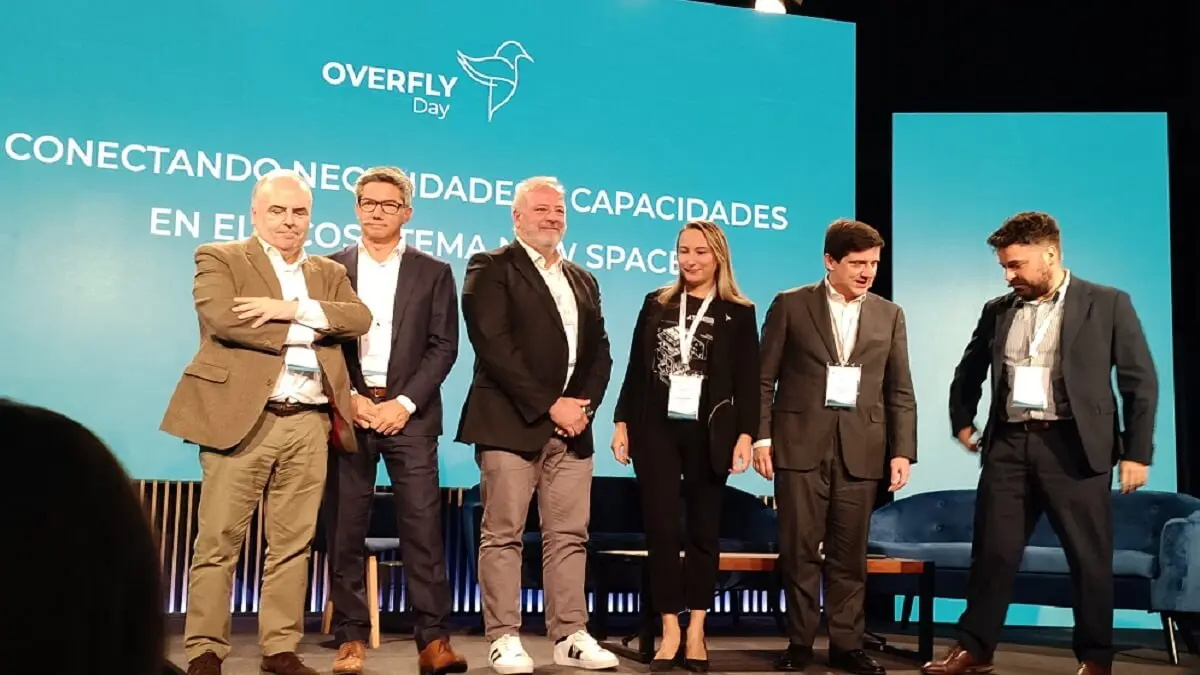
- Agility, adaptability and access to private capital
- A national space ecosystem in agreement with Europe
The Alava Group has organised the Overfly 2024 Conference in Madrid, a framework created for industry executives and technology centres in Spain and Portugal to learn about and analyse the present and future situation of the so-called New Space ecosystem and to interconnect their needs and capabilities.
With a presence in the United States, Colombia, Costa Rica, Nicaragua, Peru and Portugal and activities in 13 industrial sectors, the Executive Vice-President of the Álava Group, José Fernández-Díez, understands that the New Space concept is ‘a new way of doing things in the space industry’, which has led to the ‘emergence of a new market niche’. And in the opinion of Juan Rueda, Vice-President of Business Development of the business group, this market is ‘very demanding, has great potential and requires a very high level of quality’.
The Secretary General for Innovation of the Ministry of Science, Innovation and Universities, Teresa Riesgo, was in charge of closing the forum and highlighted that Spanish New Space has ‘enormous potential’, ‘it is going to go one step further’ with the Spanish-Portuguese Atlantic constellation project, the 100% Spanish small satellite launcher - in reference to the Miura 5 - and the development of a QKD system for quantum key distribution in geostationary orbits, ‘which has never been done in Europe’.
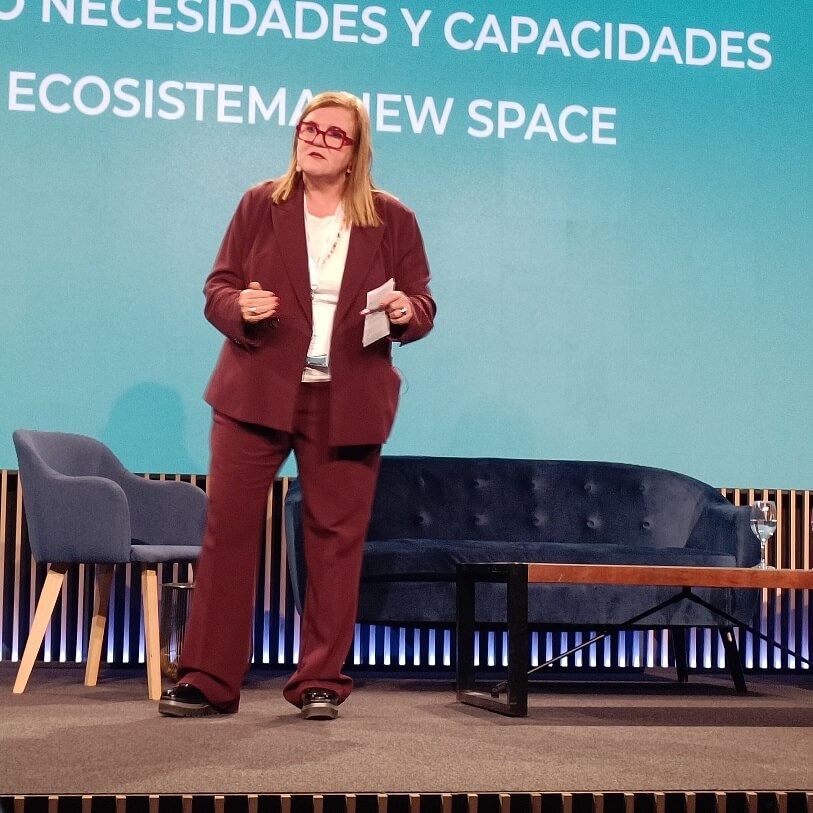
Around twenty heads of companies and institutions related to the space sector in Spain and Portugal took part in the conference. They explained to more than a hundred senior executives from companies and technology centres the challenges faced by the contributions derived from New Space, the current and future challenges, as well as the opportunities for bilateral and European collaboration that they are calling for.
Most of the companies linked to the Spanish-Portuguese New Space enjoy the confidence of entrepreneurs looking to invest in the development of cutting-edge space technologies that offer products and applications with high added value at reduced prices. The co-founder and Director of Business Development at Alén Space, Antón Vázquez, is one of those who wanted to set out some ideas: ‘It is as unrealistic that small satellites are going to take the market away from the big ones, as it is that a small company with hardly any funding can compete against huge industrial groups’.
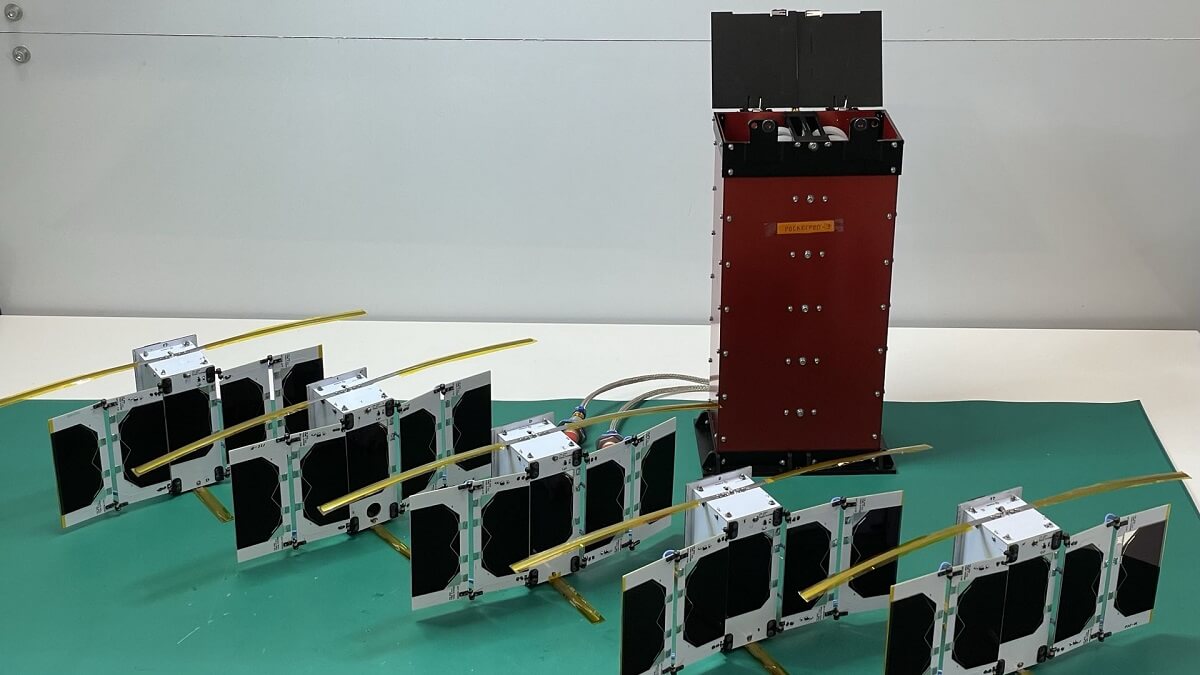
Agility, adaptability and access to private capital
From the perspective of Sara Correyero, co-founder of Ienai Space - the company that has developed the Athena electric propellant for small satellites, tested in orbit in January 2023 - there are three characteristics that define New Space companies: the ‘agility to reach the market very quickly’; the ‘adaptability to adjust and reorient their products to customer demands’; and the ‘difficulty in accessing private capital, a pending European and, in particular, Spanish subject’. The Secretary for Innovation is aware and recalled that the Centre for Technological Development and Innovation (CDTI) has the Innvierte co-investment fund and that ‘international collaboration and specialisation are important for survival’.
The New Space vision from Portugal was given by Francisco Vilhena da Cuna, head of Geosat, the Portuguese Earth observation satellite operator that owns the small GeoSat-1 - formerly Deimos 1, launched in July 2009 - and Geosat 2, formerly Deimos 2, in orbit since June 2014. He stressed that in New Space ‘the defence market has a lot of weight’. He gave as an example that ‘the United States invests 500 million dollars a year in acquiring data provided by satellites, while in Europe we are between 25 and 30 percent below’. ‘We have to do something and that is to go deeper into the development of new disruptive technologies’.
Vilhena da Cuna was joined by the vice-president and head of Airbus Space Systems in Spain, Luis Guerra, for whom ‘New Space is also based on disruptive innovation and not just on innovating’. He advocated ‘reducing the significant technological gap that separates Europe from the United States and China, while improving competitiveness in order to accelerate the market’. And he pointed out that ‘opportunities have arisen to commercialise communications on the Moon and on the trajectory from the Earth to our natural satellite’.
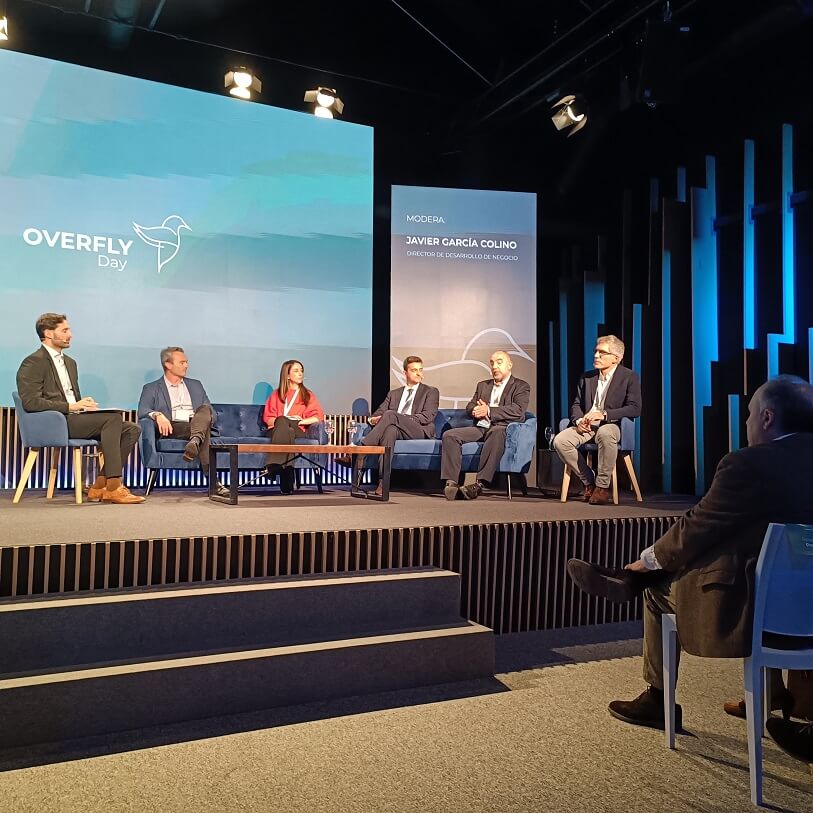
Another participant in the debate, Indra's Director of Satellite Systems, Augusto Caramagno, pointed out that in his opinion, New Space ‘encompasses new forms, technologies and methodologies to respond to the same old problems’. It manifests itself through ‘daring people, entrepreneurs who are at the same time explorers, who dare to experiment and confront in a different way what was previously done in a very structured way’.
The Indra executive described PERTE Aerospace as ‘the reflection of Spain's vision of being a country that covers all the links in the value chain’. He emphasised that the national space fabric ‘is very relevant and far above its specific weight at European level’ and stressed that one of the keys to the success of New Space in Spain is ‘that the institutions help us to maintain continuity in what they have already supported’.
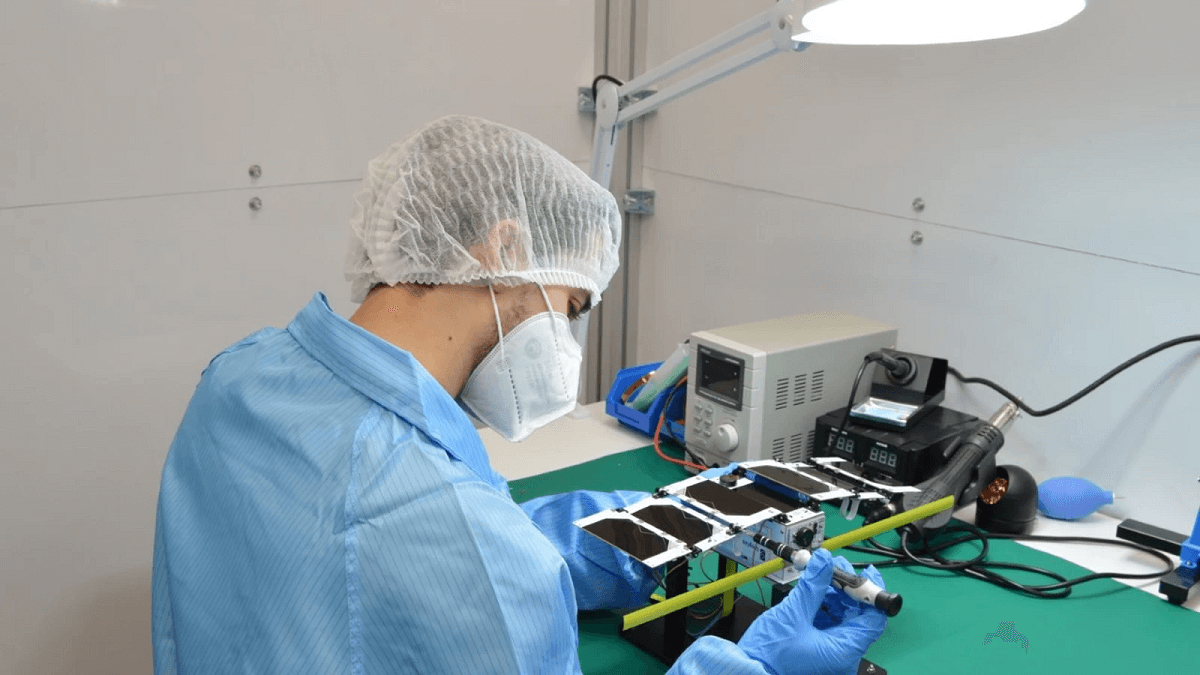
A national space ecosystem in agreement with Europe
Augusto Caramagno also called for an ‘ambitious’ national space programme, given that Spain is at a ‘very good juncture, although it lacks financial muscle’. On the continuity of PERTE and the need for a space plan, he agrees with Luis Guerra, who advocates ‘structuring and developing the national industrial ecosystem, in line with Europe's interests for the next 5, 10 and 15 years’.
Within the framework of the technological development of New Space, the test manager of the Portuguese Centre for Engineering and Product Development (CEiiA), Raúl Herrero, took the floor. He emphasised the ‘reduction in time involved in virtual testing and working with digital twins’. The director of the Space Promotion Area of the Institute of Space Studies of Catalonia (IEEC), Josep Colomé, stressed that in 2020, the regional government published its New Space strategy, which has meant that 5G digital space communication technologies ‘are already very mature and the Catalan administration and the private sector use them in their day-to-day work’.
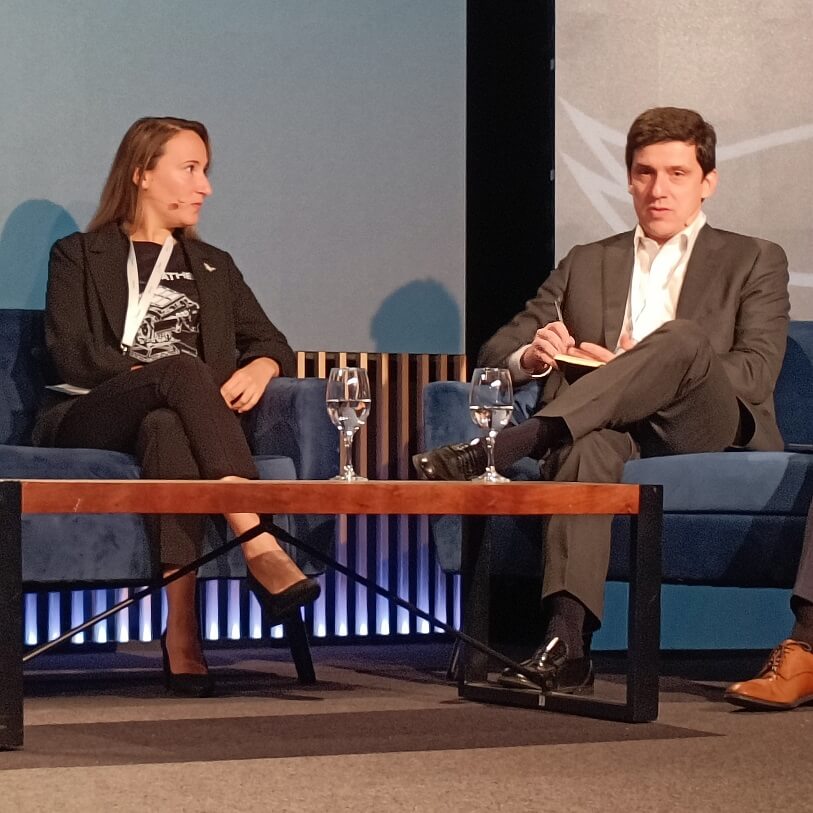
The director general of the Advanced Centre for Aerospace Technologies (CATEC), Joaquín Rodríguez Grau, stressed the importance of programmes, projects and maintaining budgetary stability ‘to be able to find opportunities’. CATEC specialises in robotics and additive manufacturing of metal structures. As an example, he cited that the first part produced by 3D printing that the European Space Agency (ESA) sent into space ‘was made by us’, he said.
Among the pillars of New Space is ‘photonics’, said Demetrio López, director of Innovation and New Technologies at Alter Technology. It provides a wide bandwidth for communications and is ‘immune to cosmic radiation’, which degrades satellite components. Also key is ‘the miniaturisation of technologies’, a consequence of ‘wanting to save costs, flying many more technologies in small satellites and using semiconductors with high thermal resistance, such as silicon carbide and gallium nitride
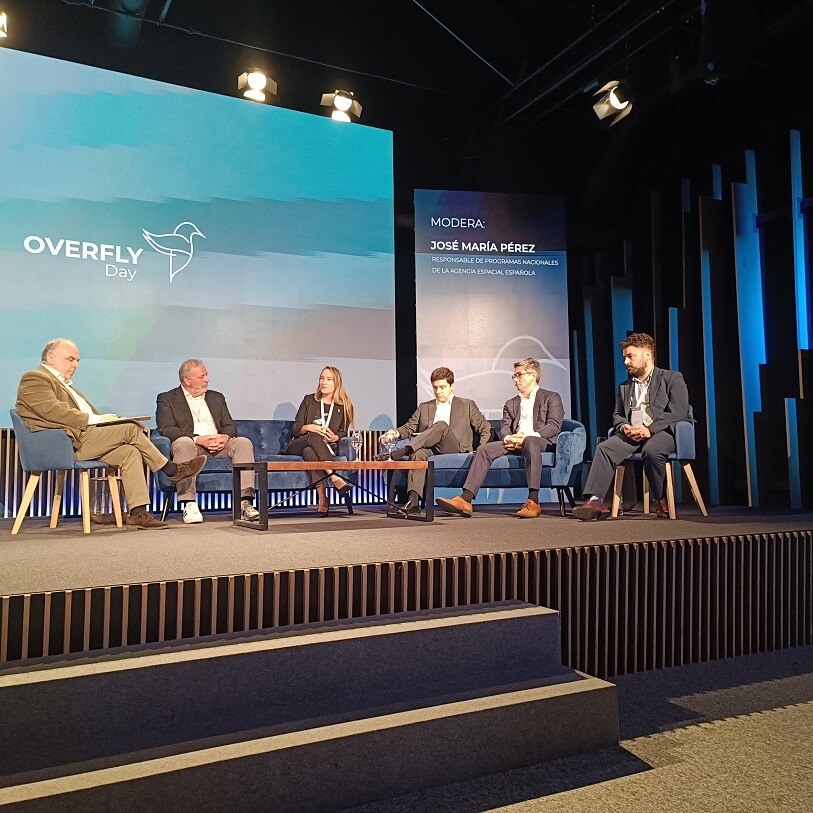
Satlantis' Director of International Business Development, Ainara Santa Eufemia, emphasised the ‘search for young talent’, which her company, which focuses on the development of optical cameras for use in orbit, ‘locates in research centres, universities and companies dedicated to the development of applications and software’.












